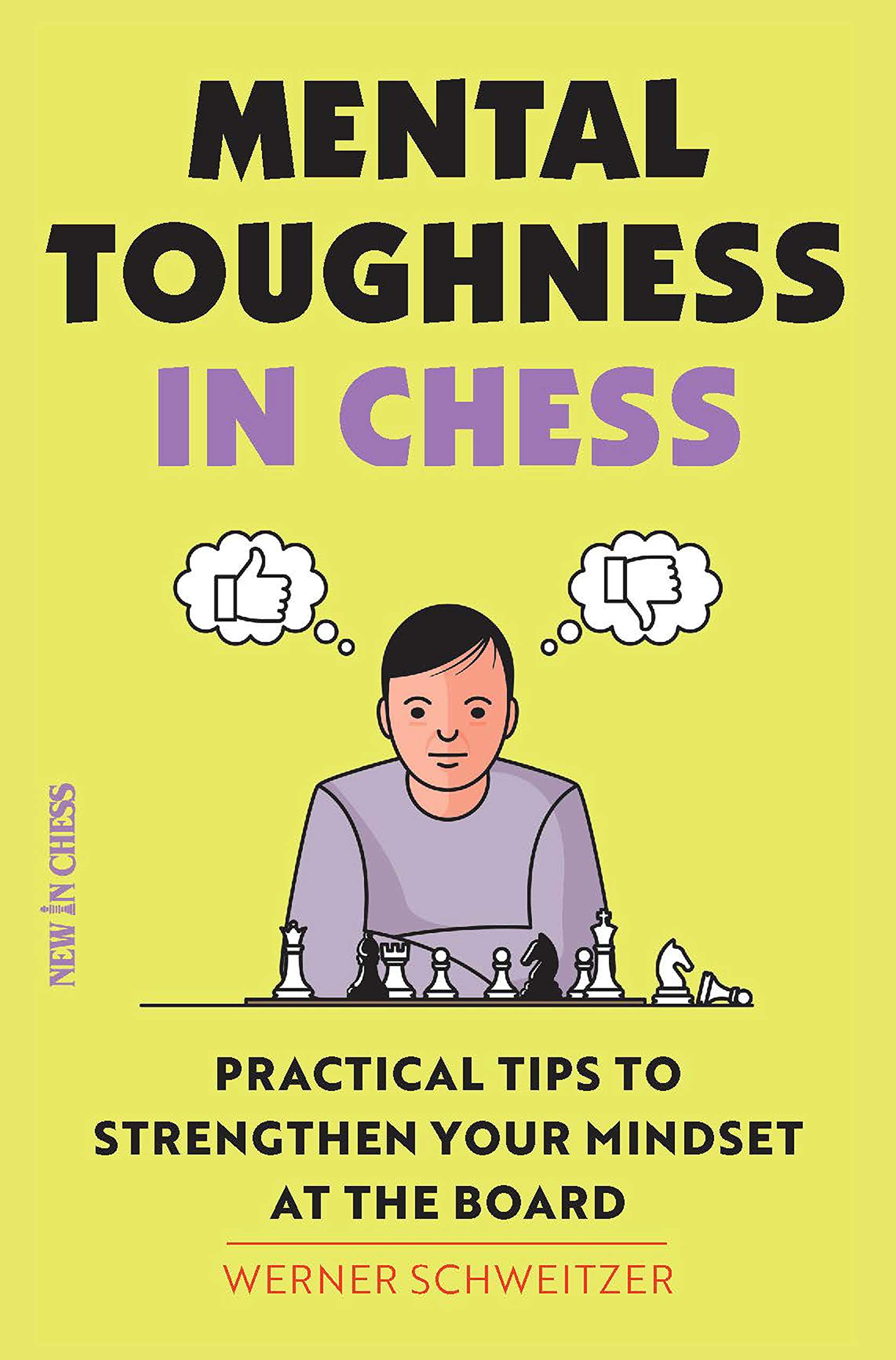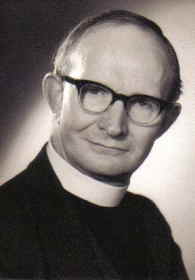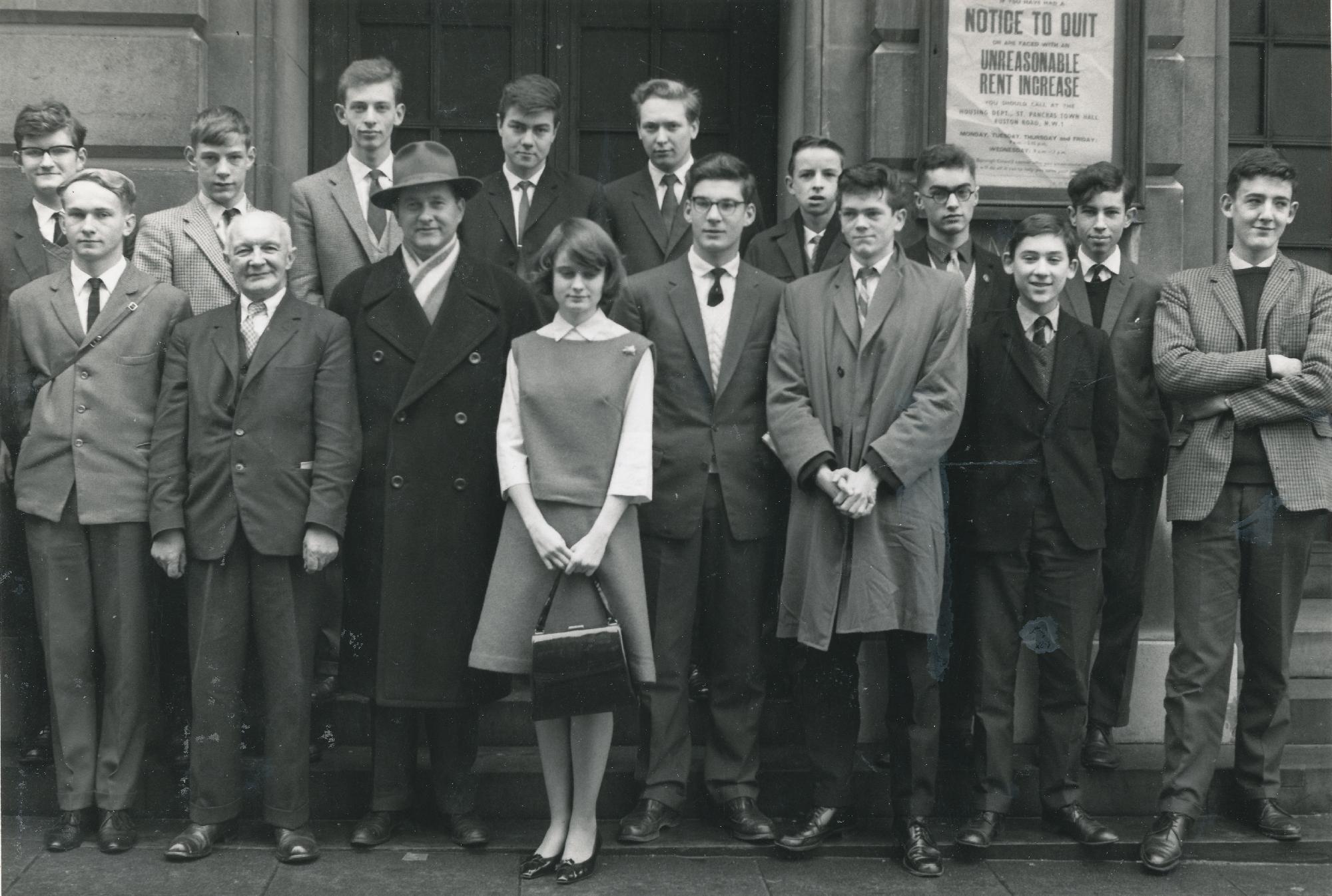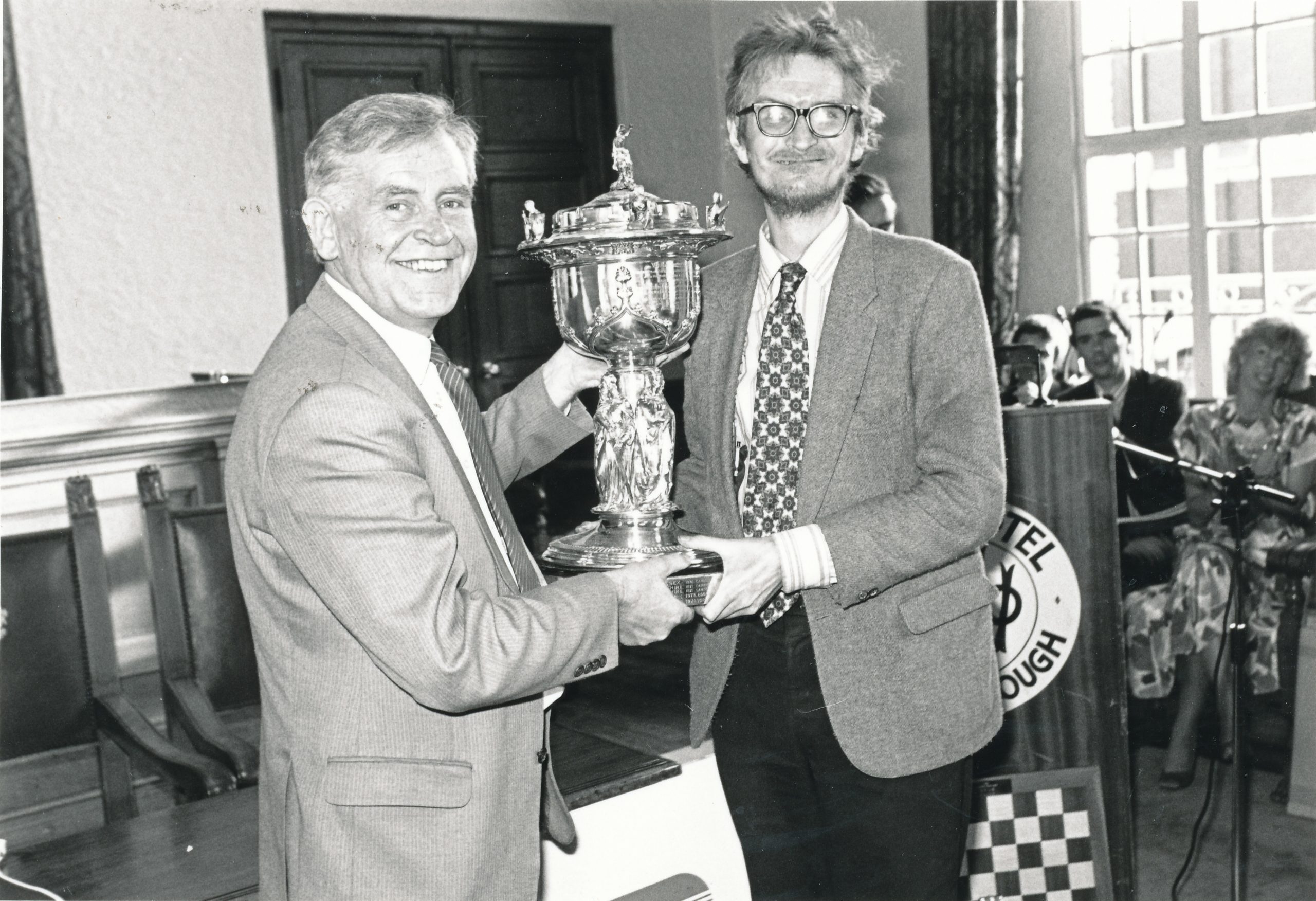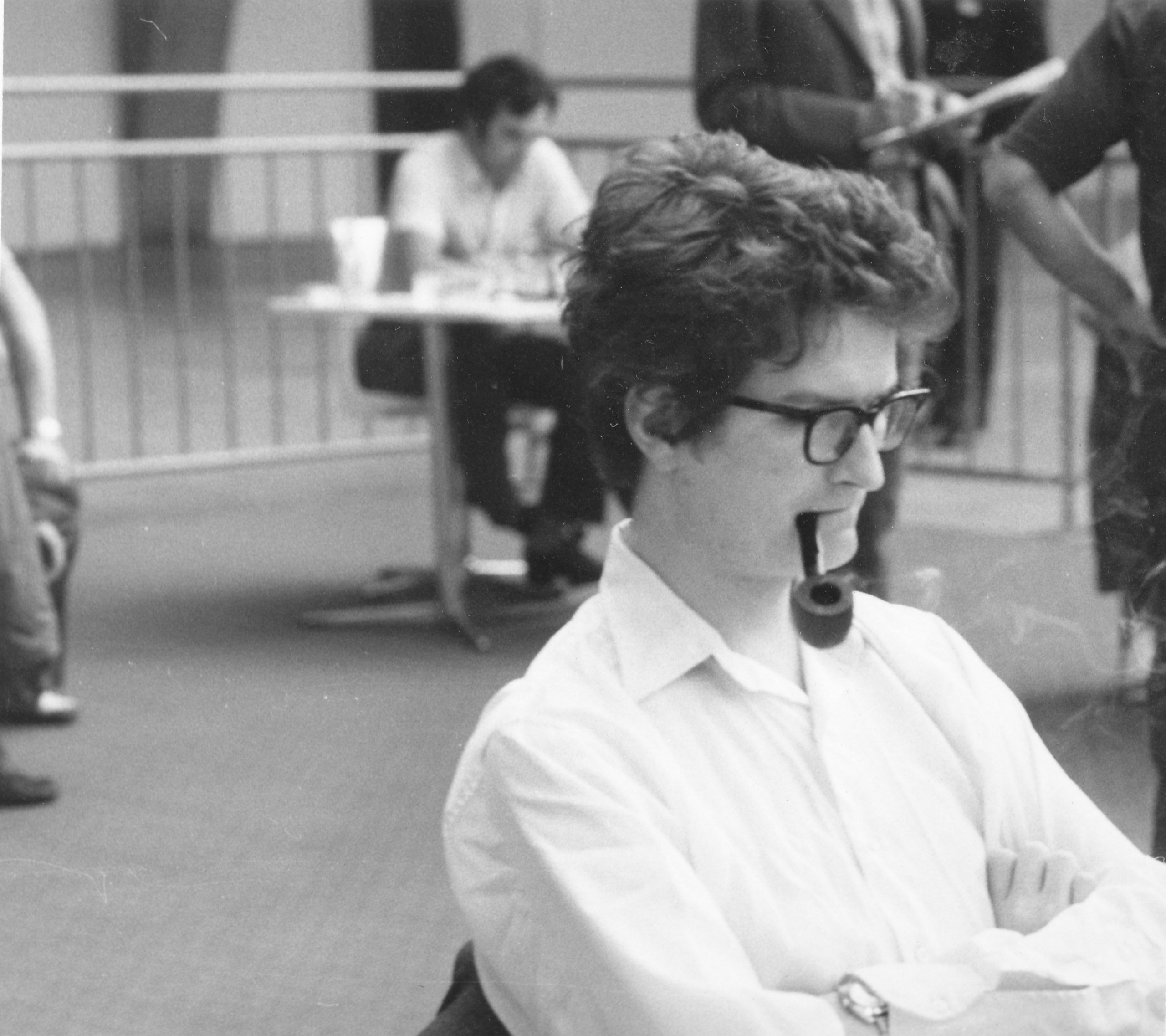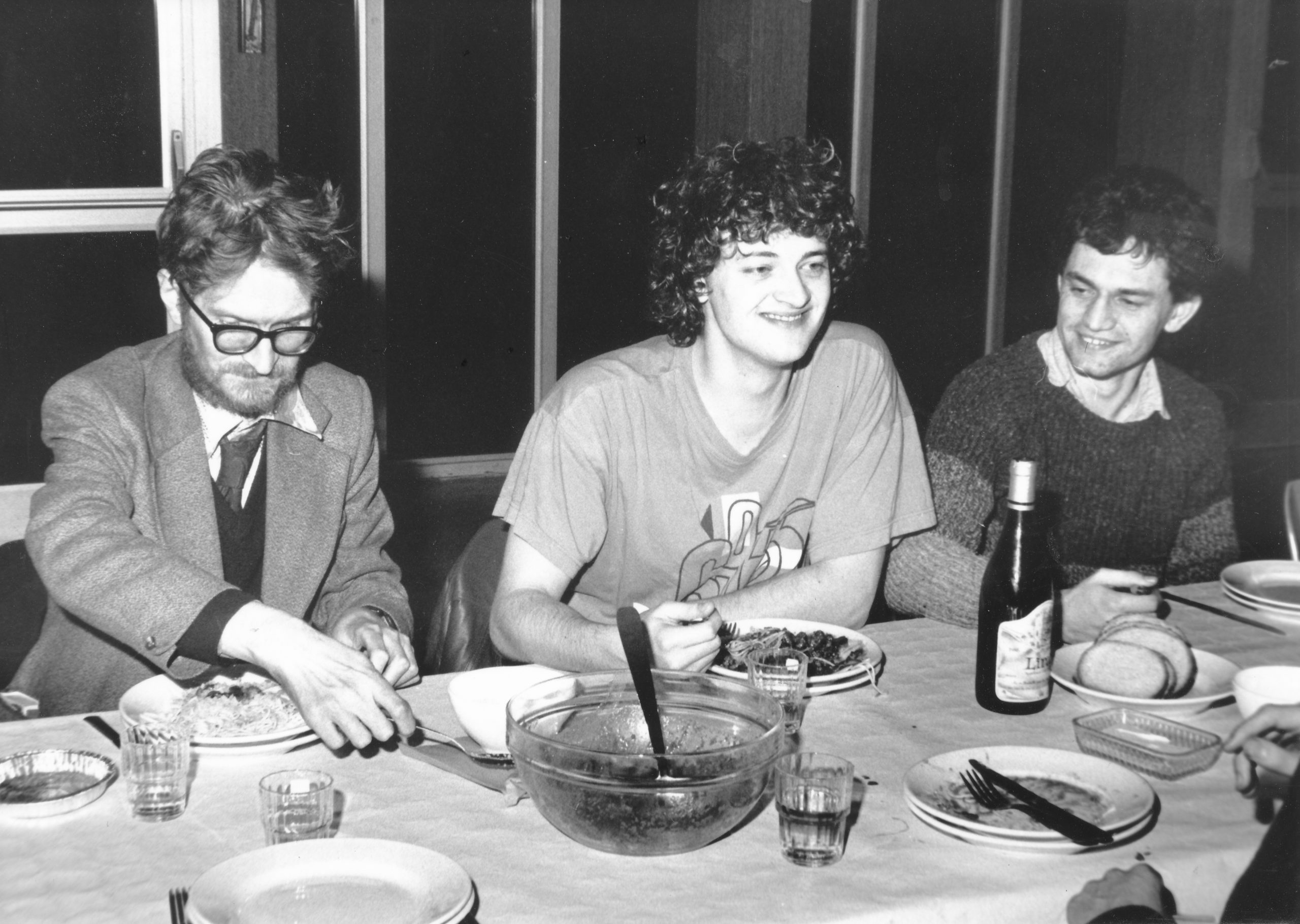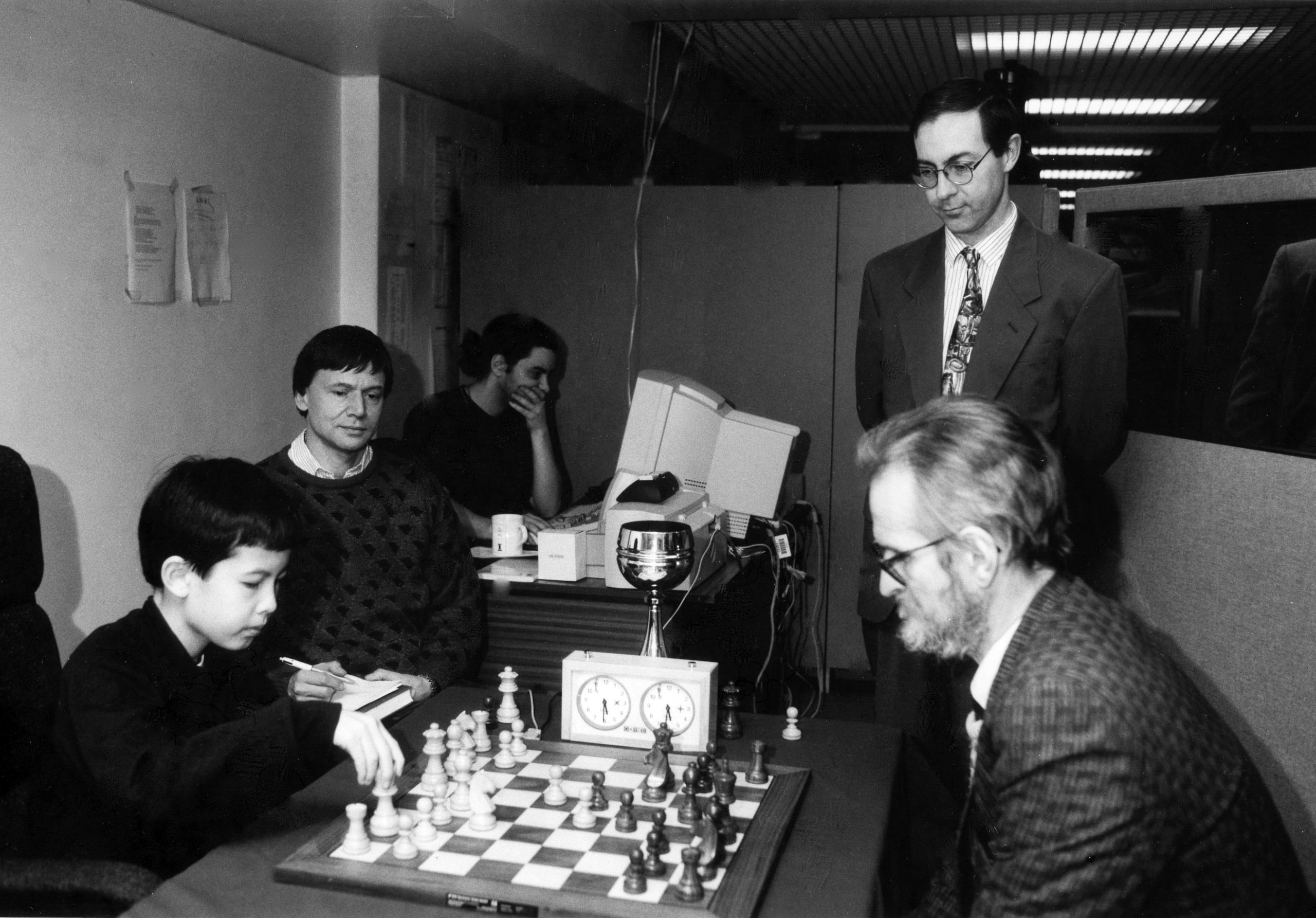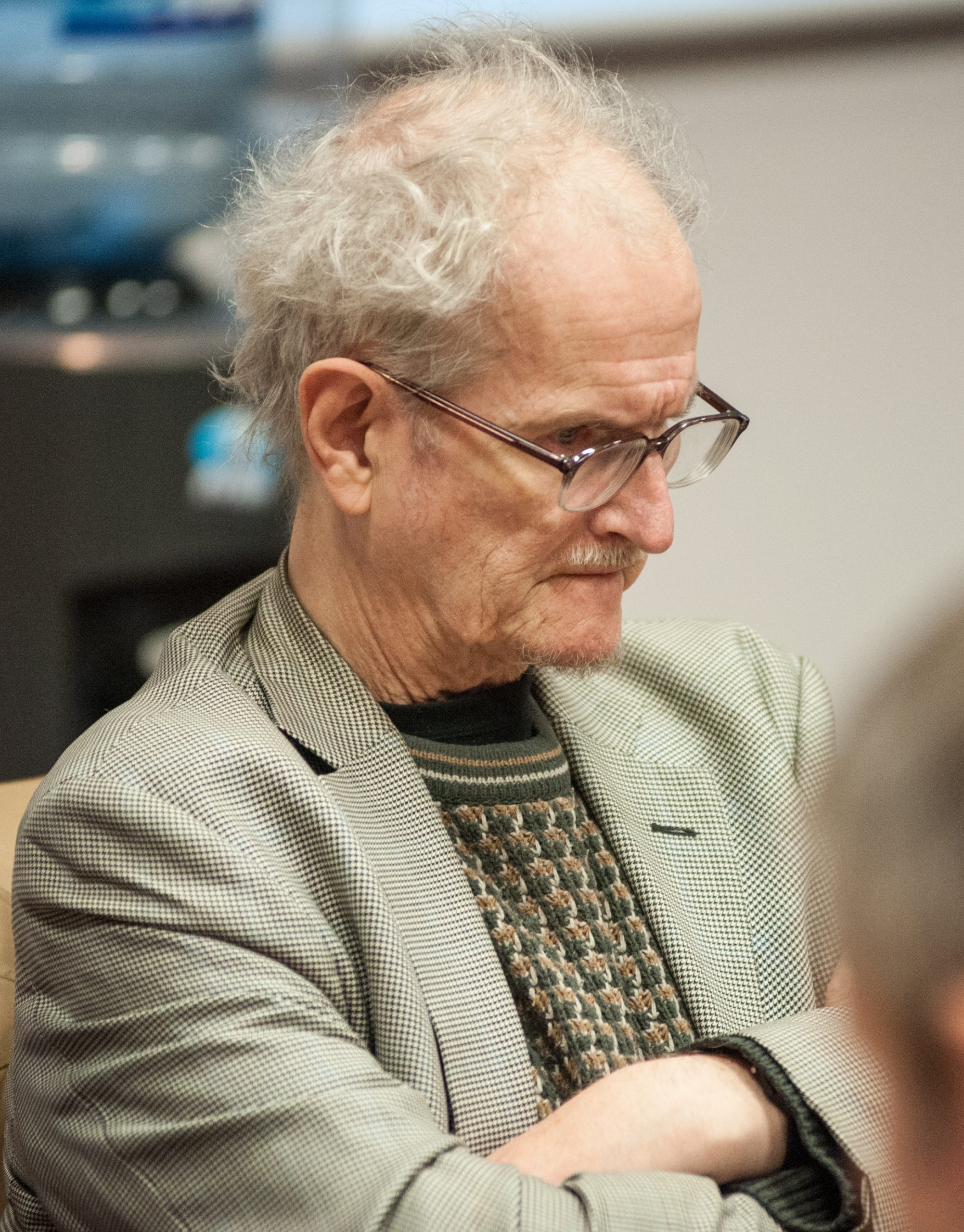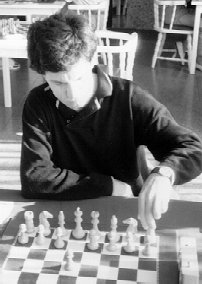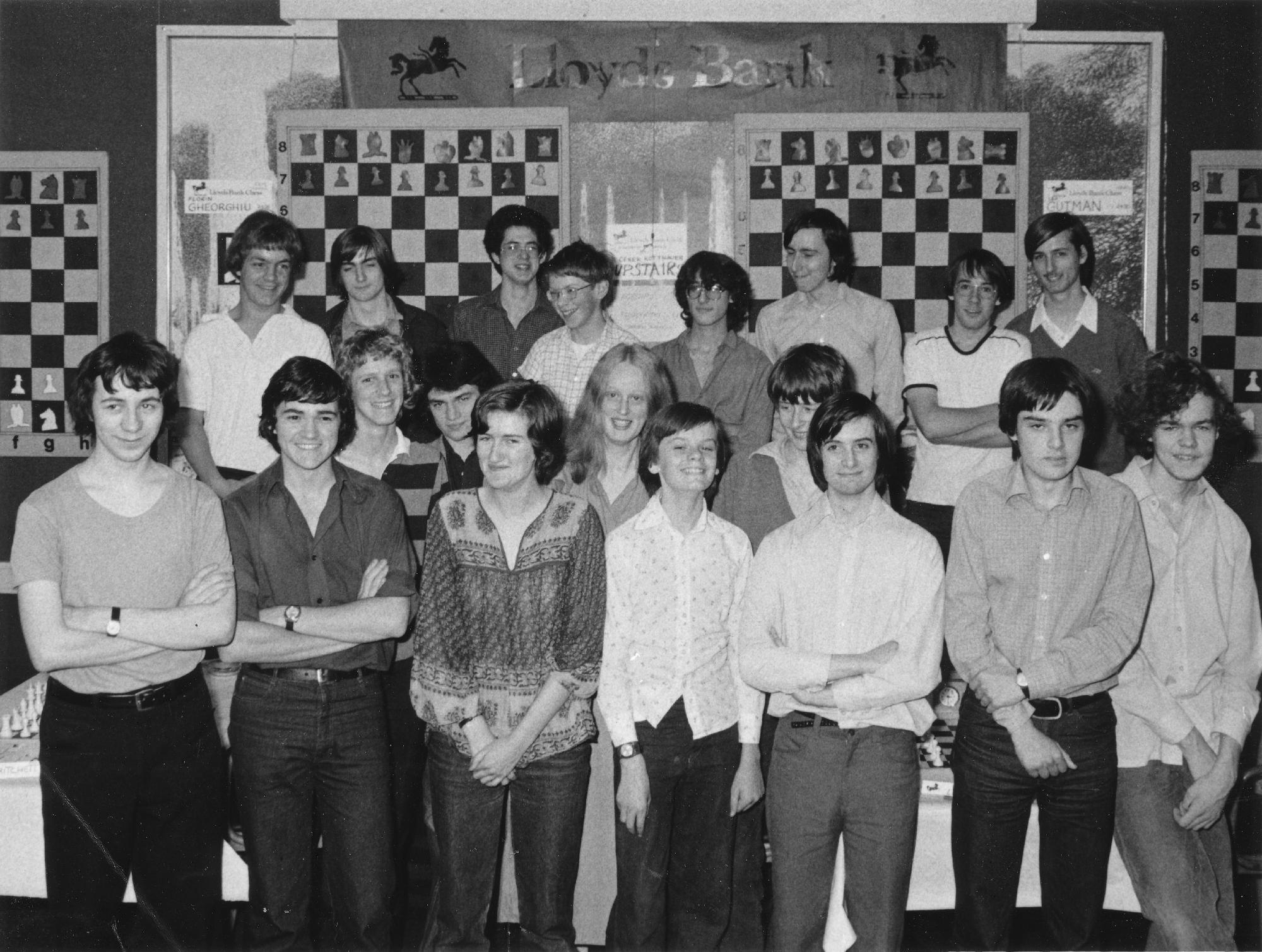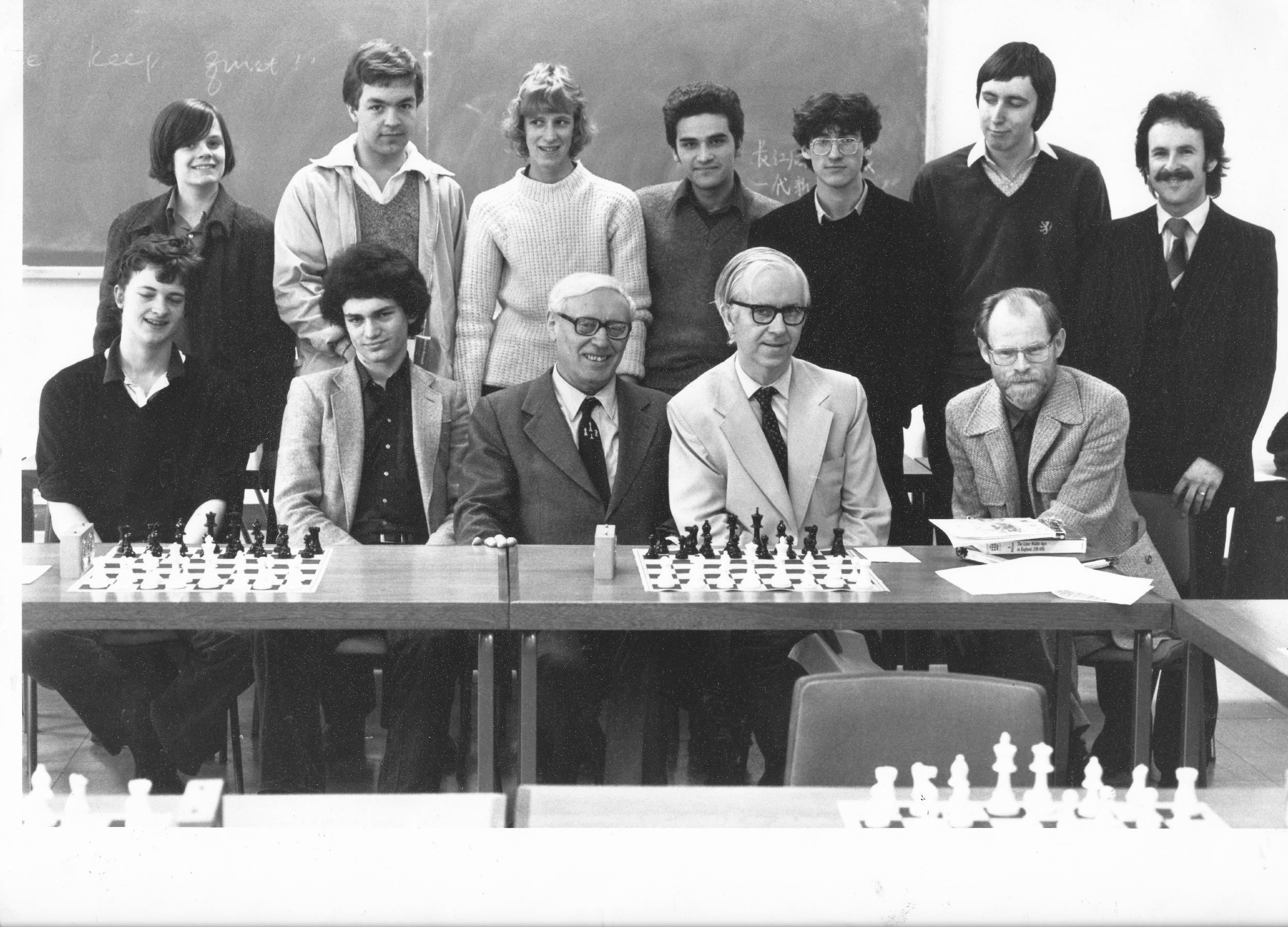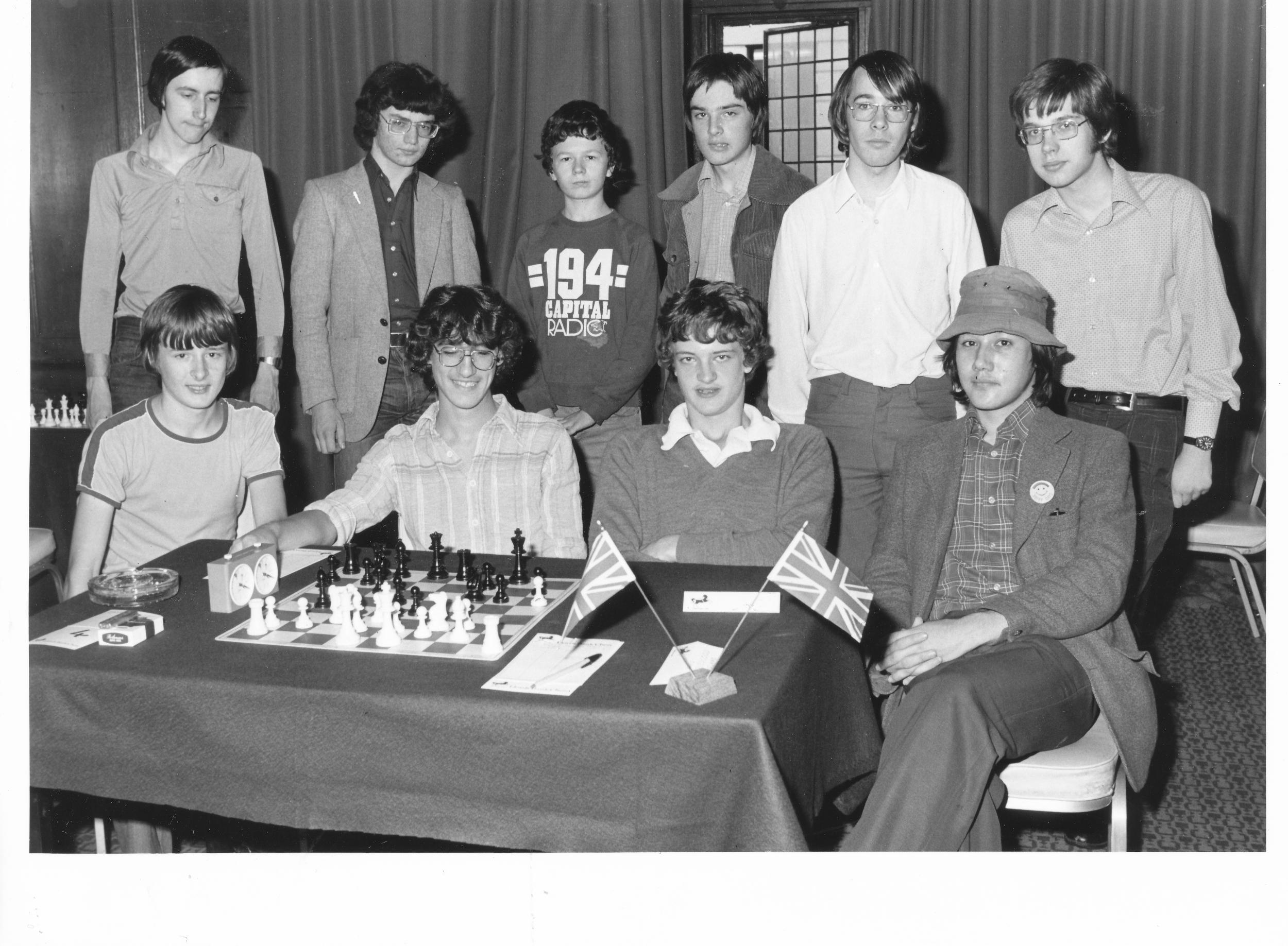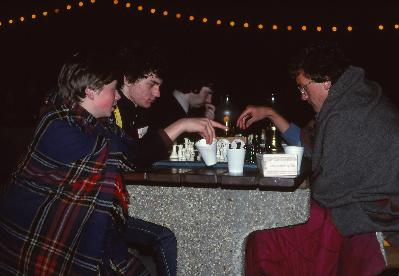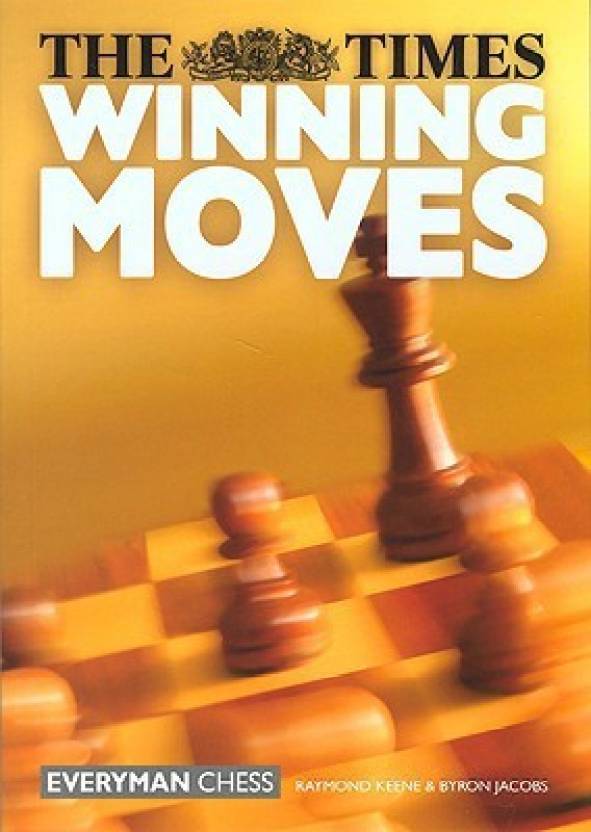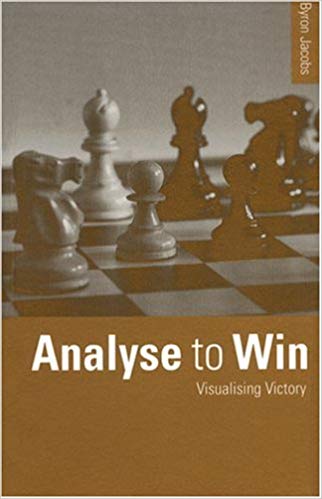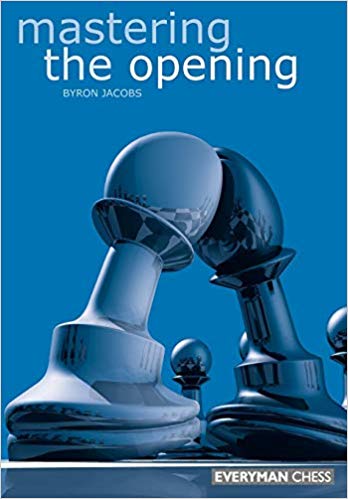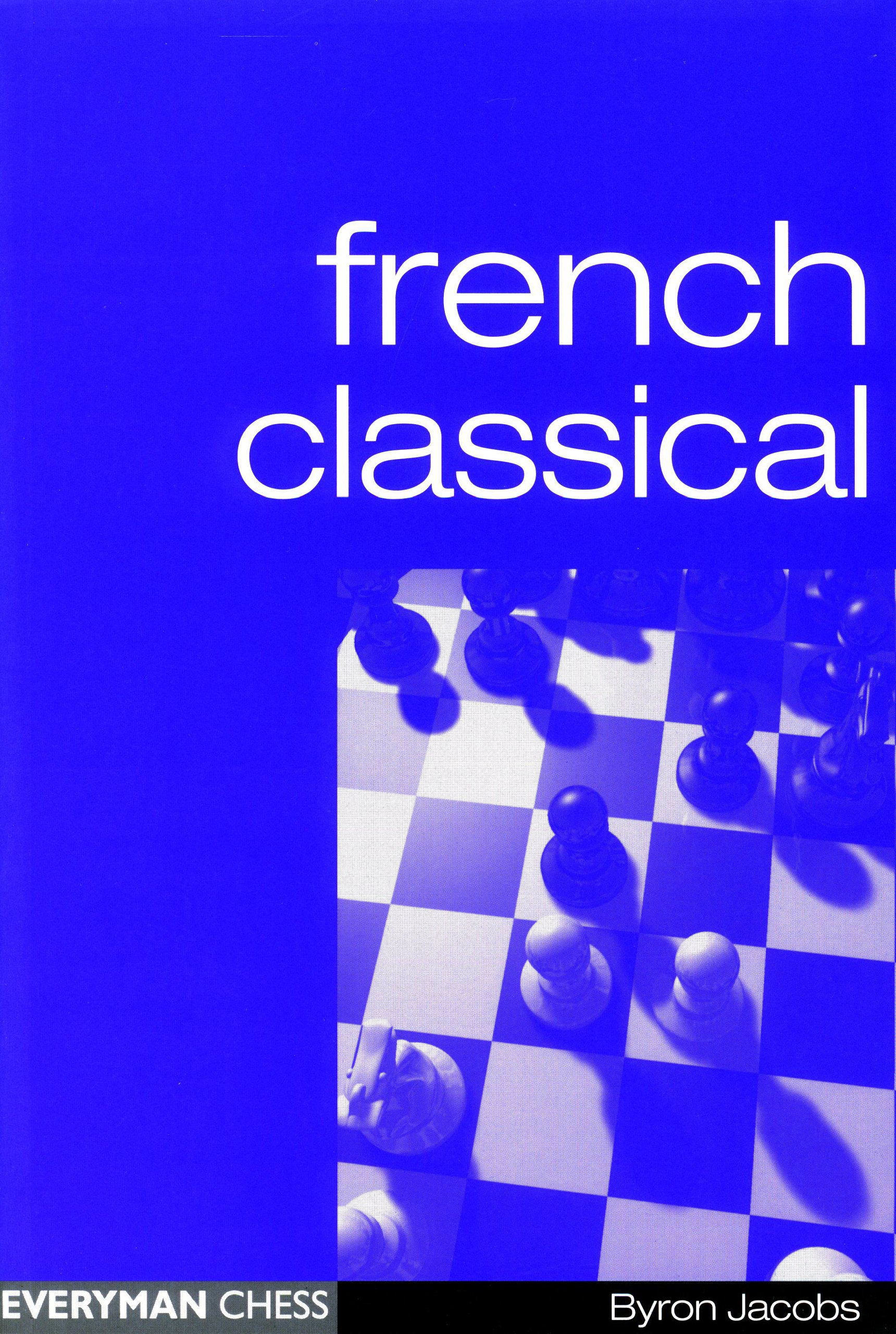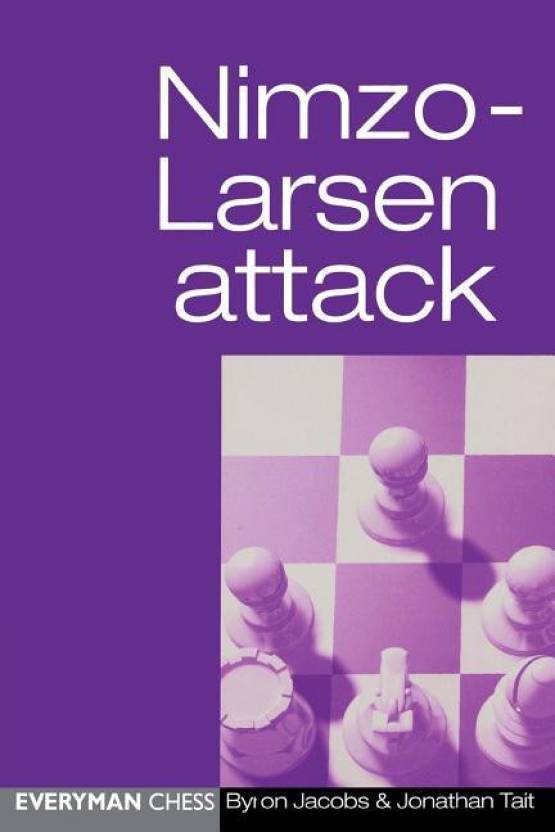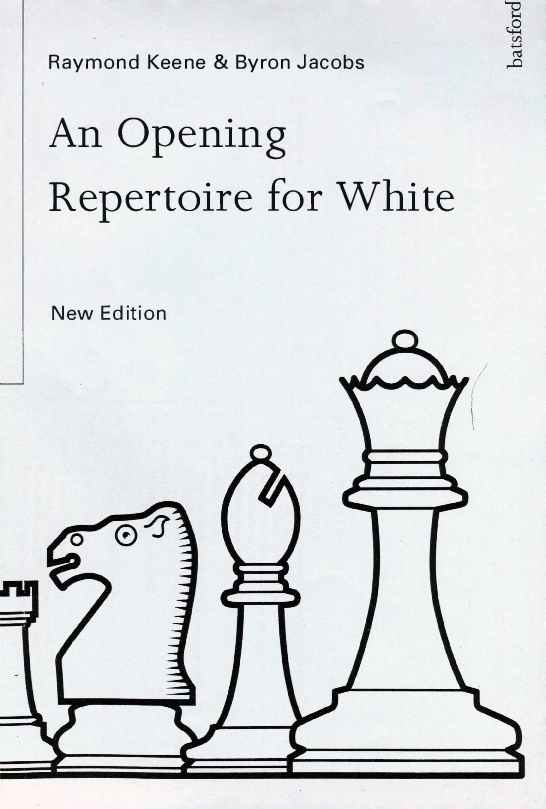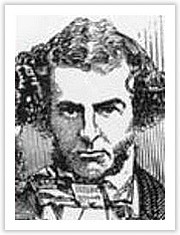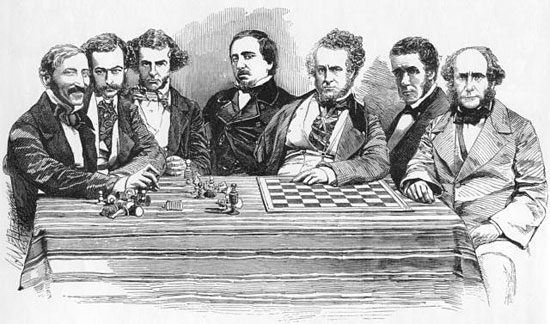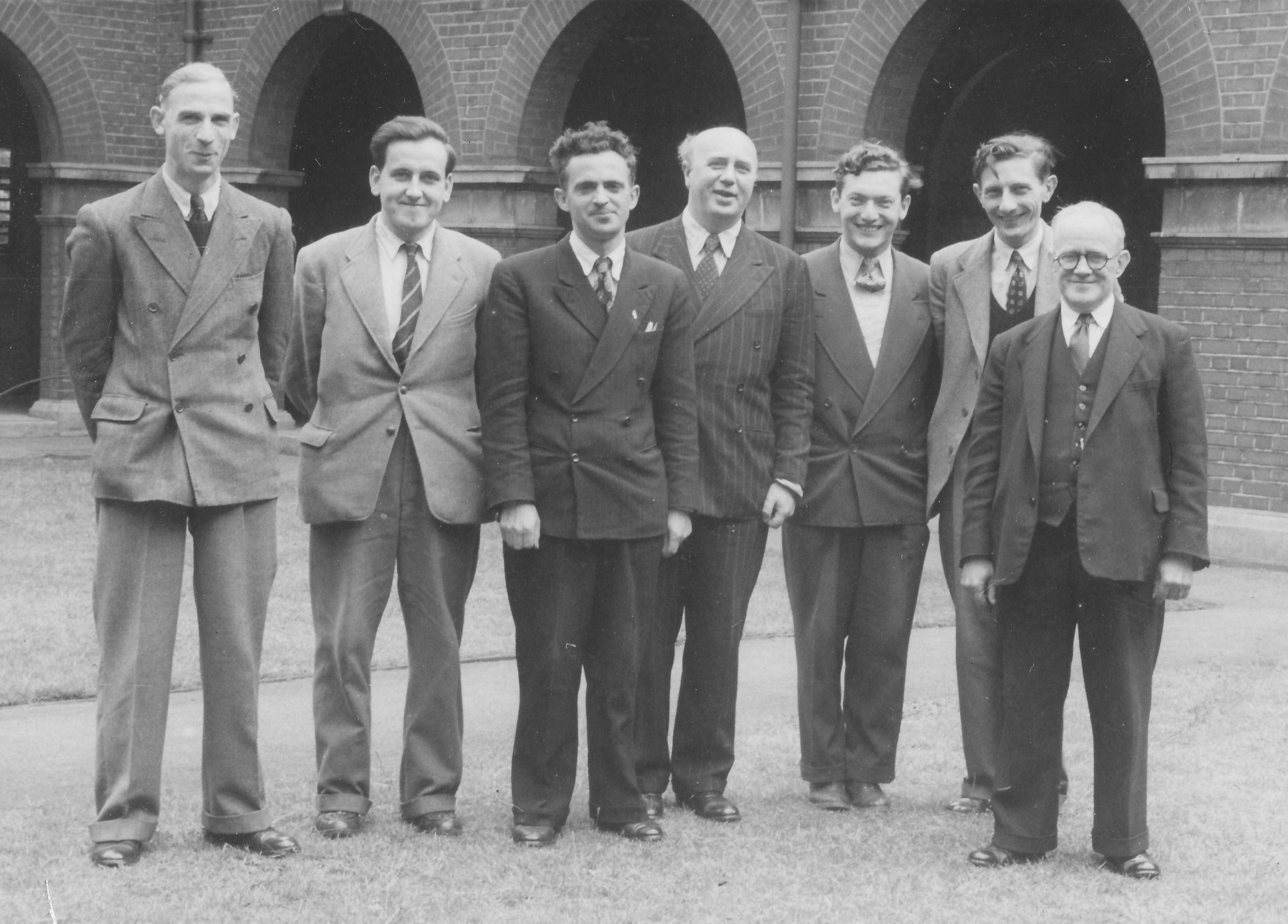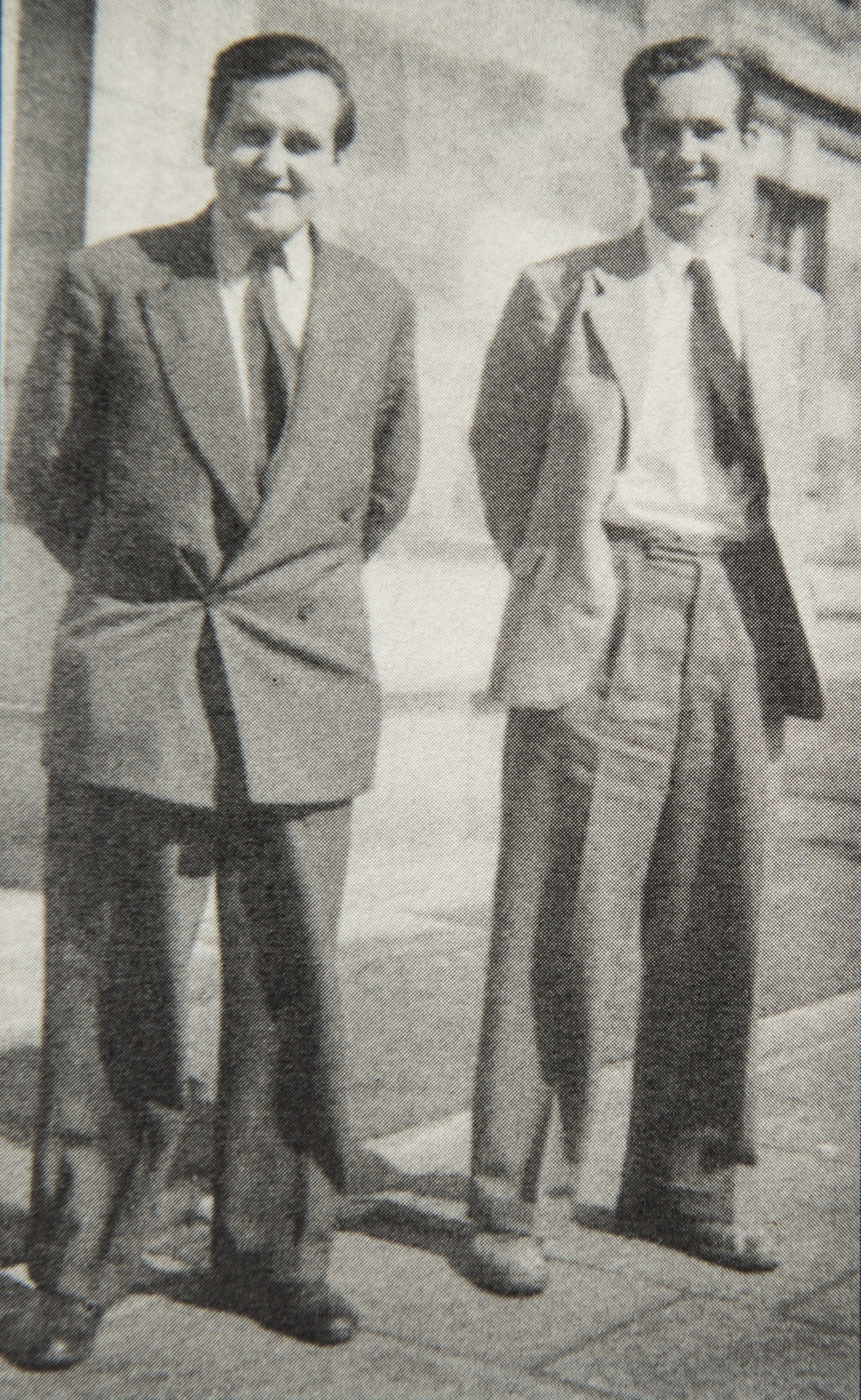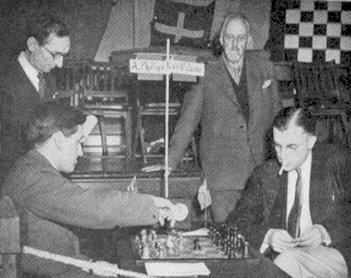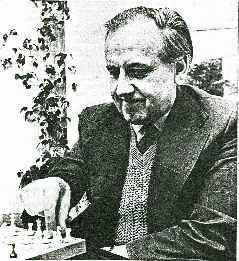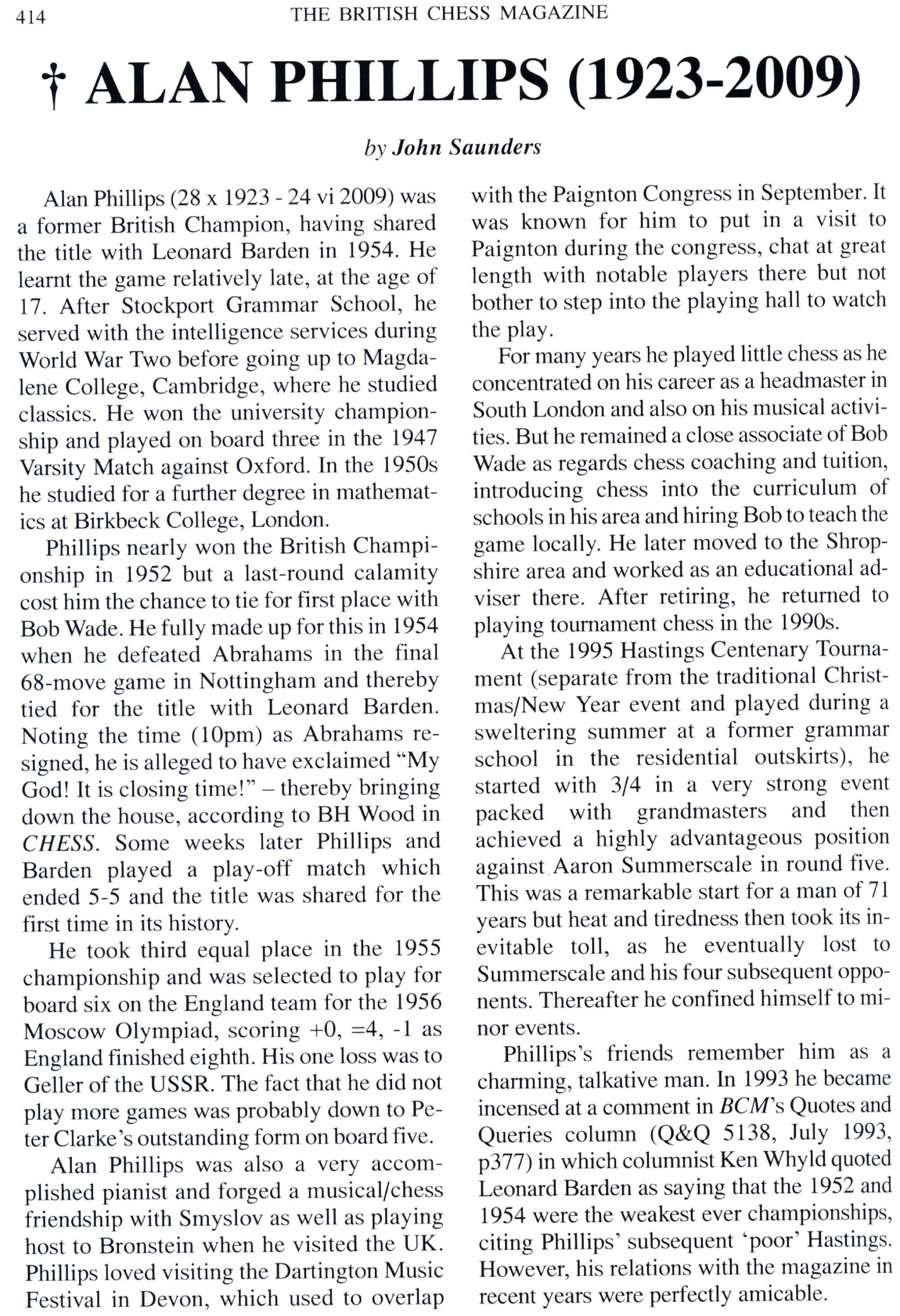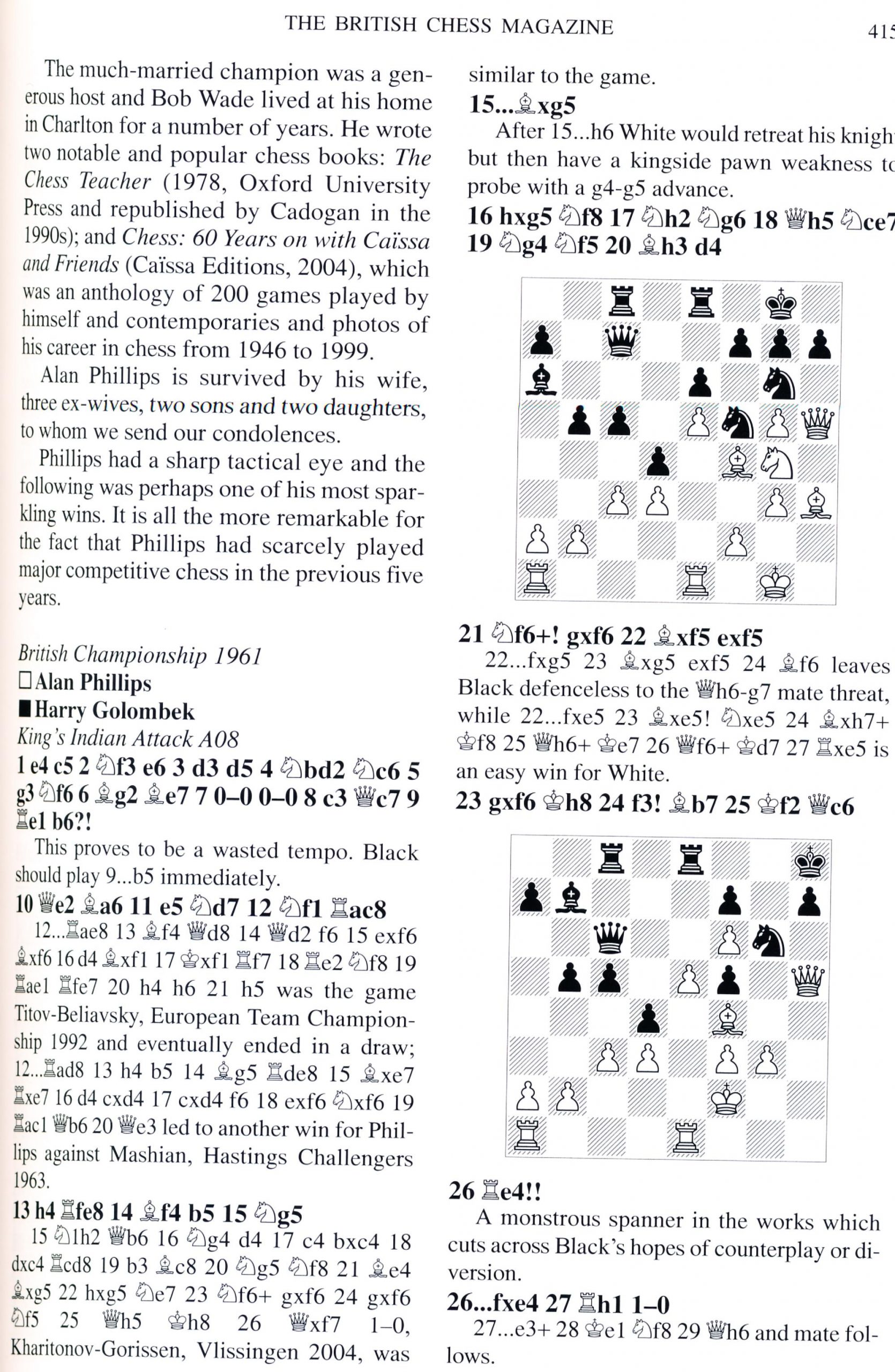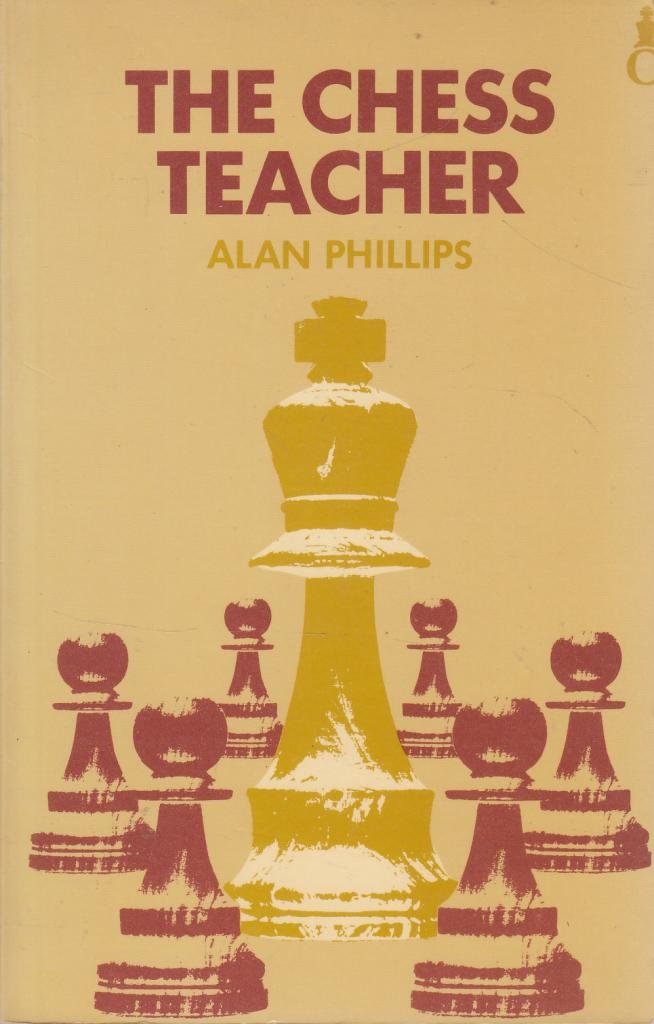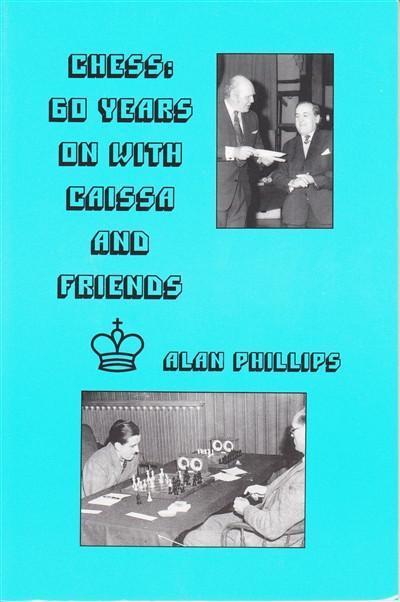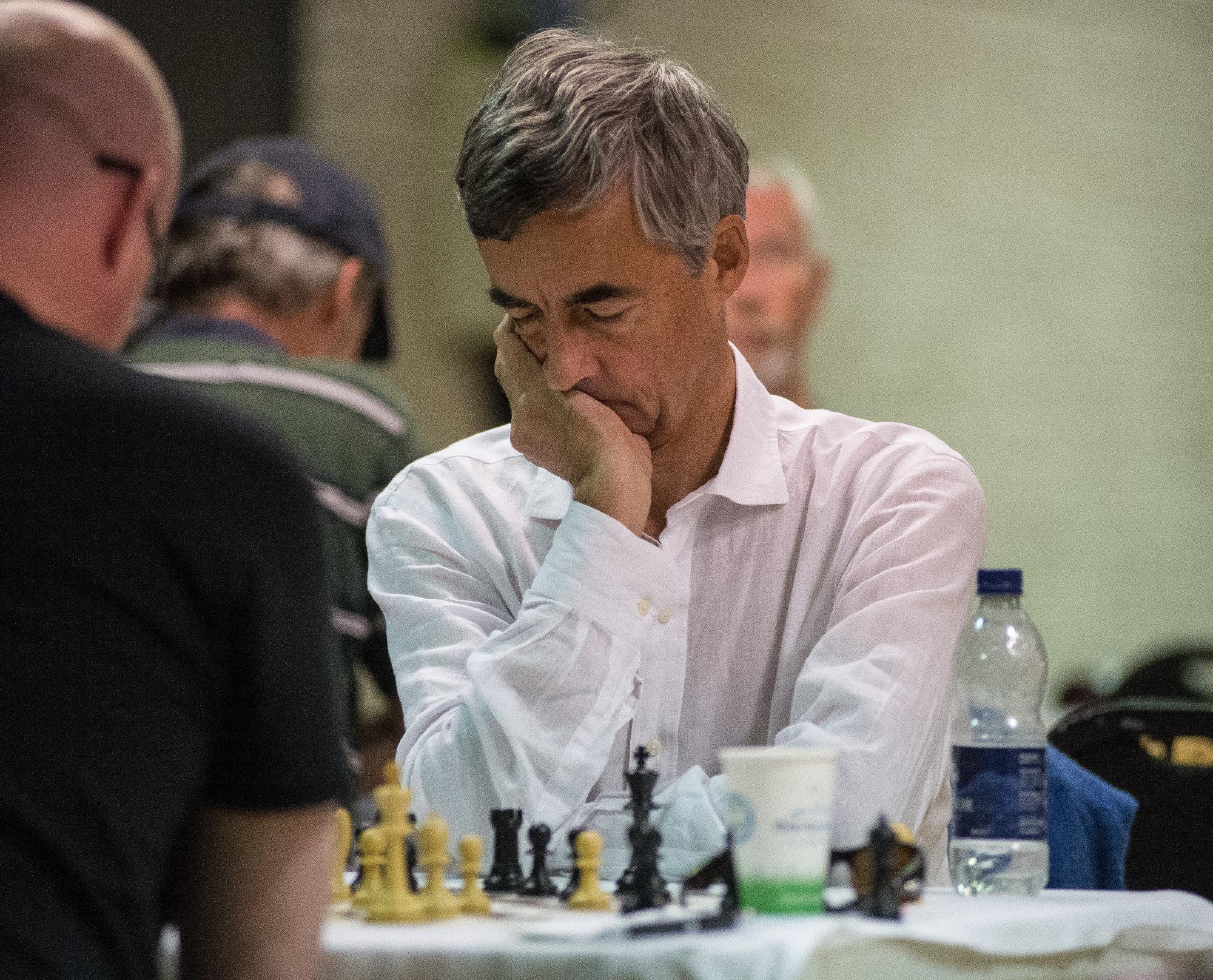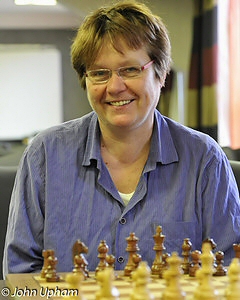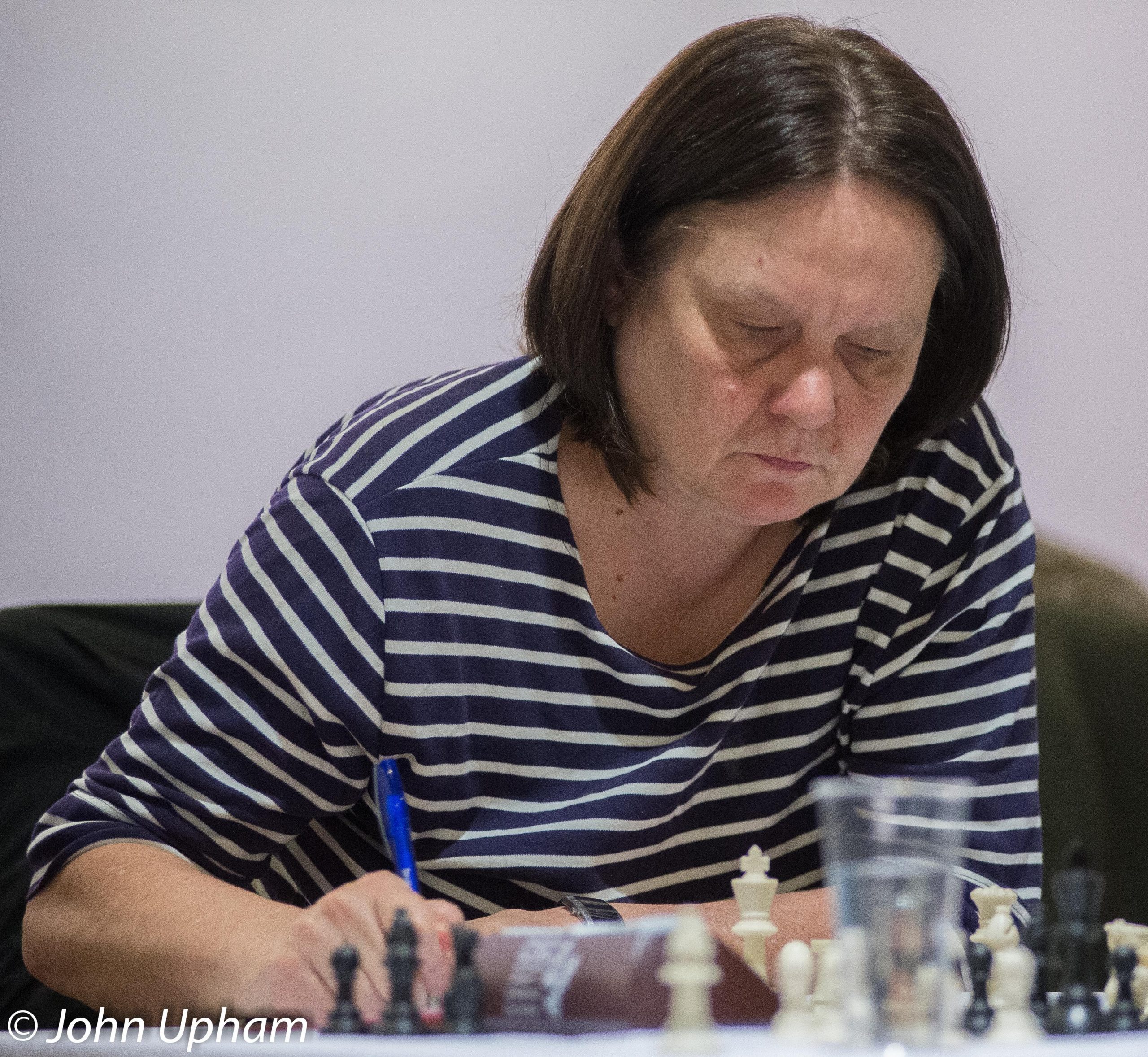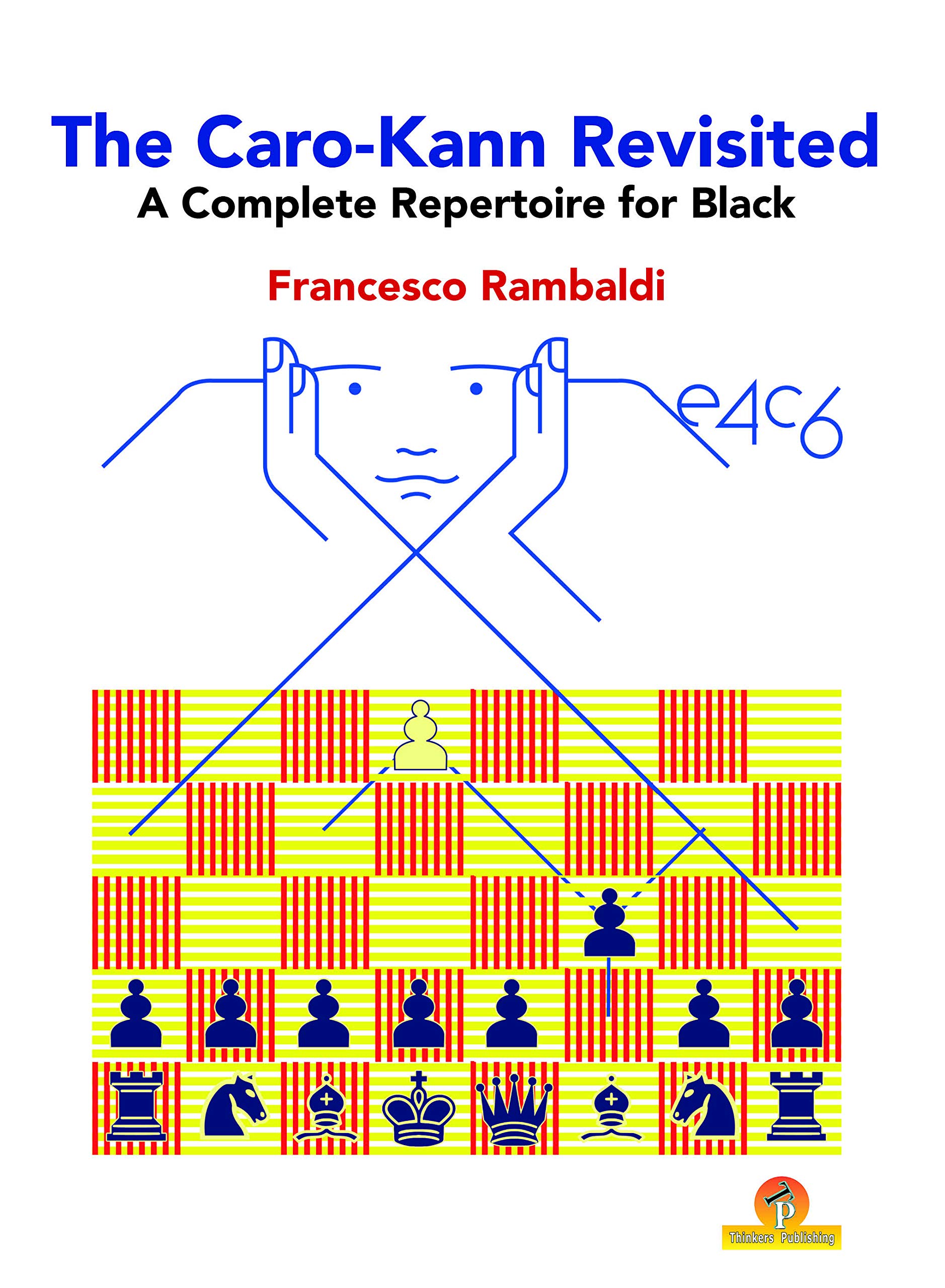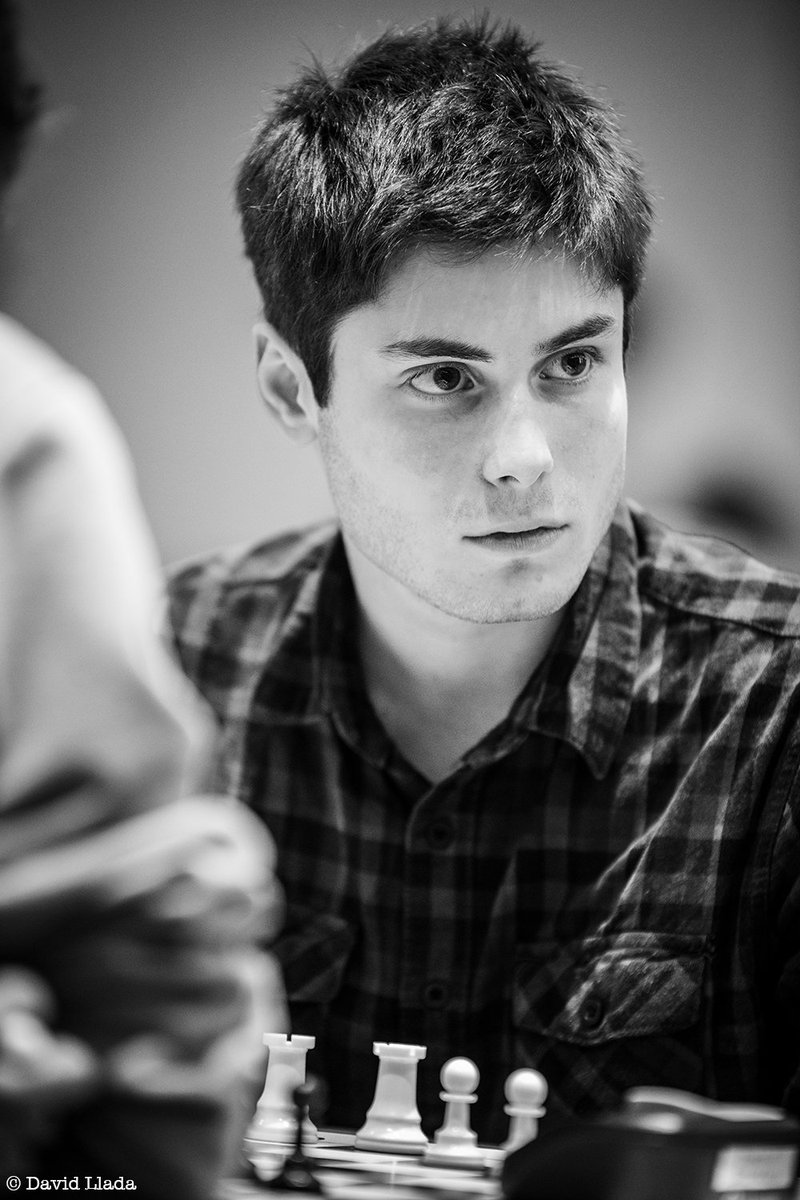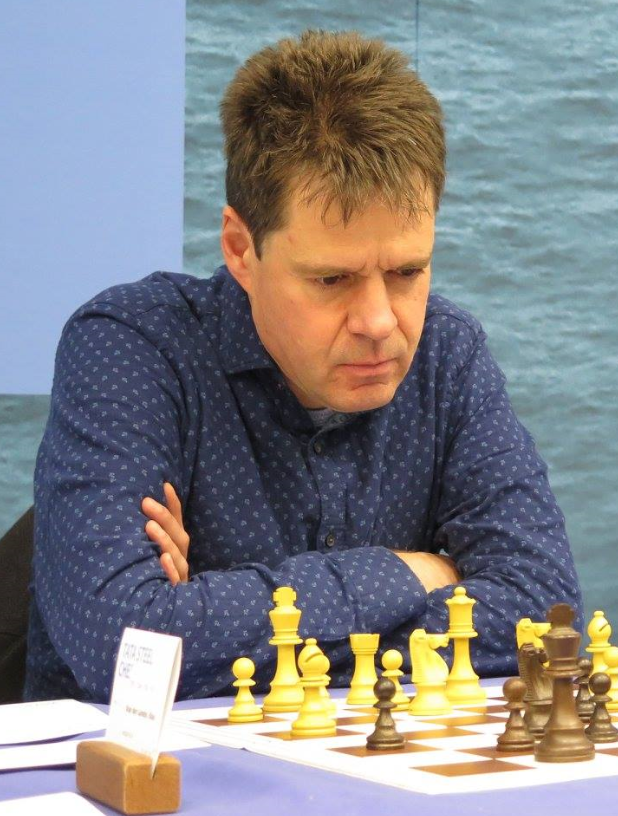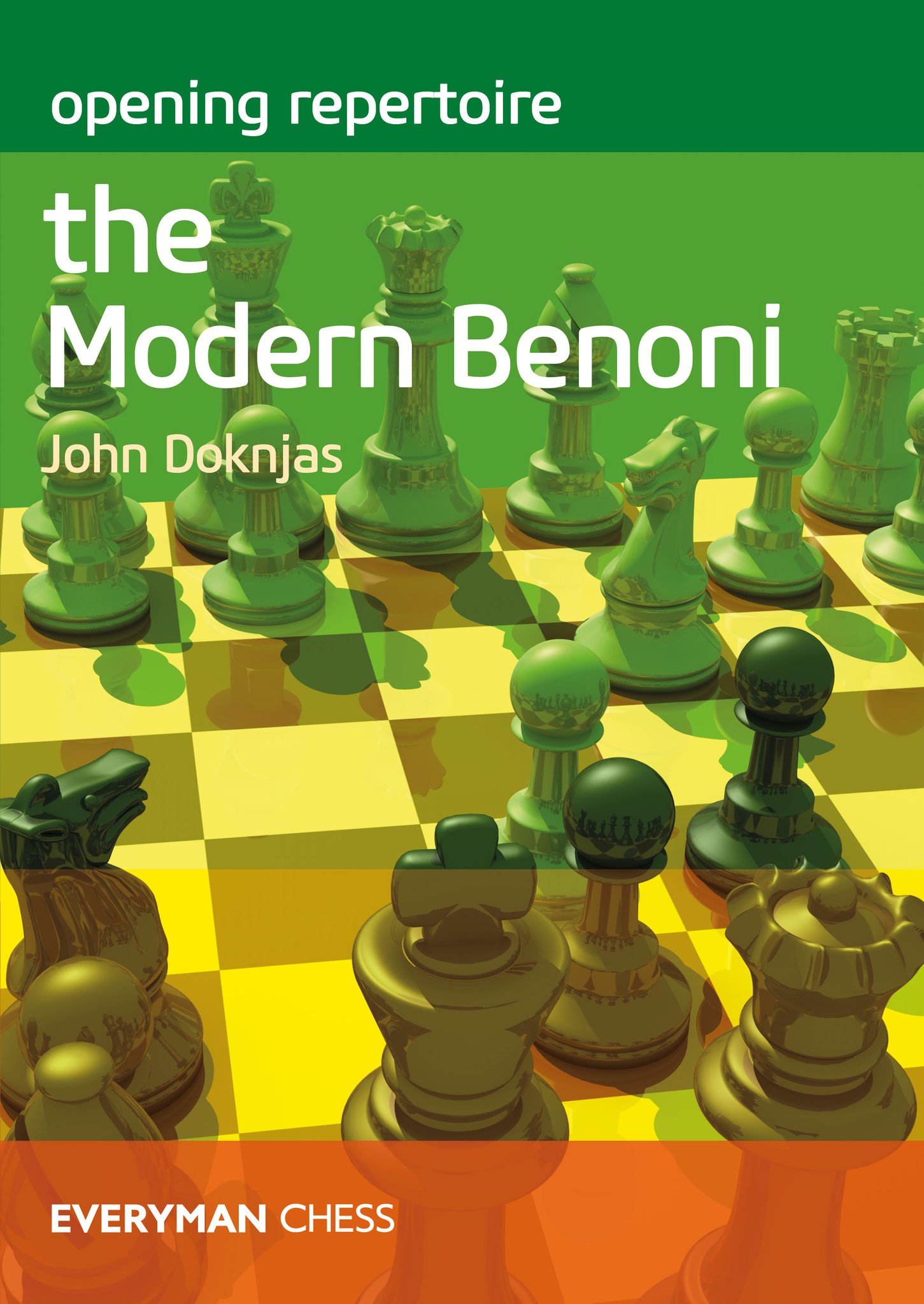
John Doknjas is a FIDE Master from Canada who has enjoyed success competing internationally. He has won seven national titles for his age and tied for 1st in the 2019 U18 North American Youth Chess Championship. This is his third book for Everyman Chess.
From the book’s rear cover we have :
“The Modern Benoni is just about the most aggressive method that Black can choose to counter White’s 1 d4. In the main line variations Black allows White to have a preponderance of central pawns which, traditionally, grants the first player the advantage. However, in return, Black gains the opportunity for tremendously dynamic counterplay. This places White and under immediate pressure as any inaccurate moves can prove to be disastrous.
In this book, FIDE Master John Doknjas examines all aspects of this highly complex opening and provides the reader with well-researched, fresh, and innovative analysis. Each annotated game has valuable lessons on how to play the opening and contains instructive commentary on typical middlegame plans. With thorough variations and explanations on pawn structures and piece placement, this book provides insight for both strong masters and less experienced players alike. The format is ideal for the chessplayer keen to improve their game. While reading you are continually challenged to answer probing questions – a method that greatly encourages the learning and practising of vital skills just as much as the traditional assimilation of chess knowledge.”
The Modern Benoni, by John Doknjas, is another book in Everyman’s “Opening Repertoire” series. As that implies, the book aims to provide Black with a repertoire against all lines that White can employ against the Modern Benoni, rather than an exhaustive analysis of all lines by both sides.
The Benoni has long been a choice of aggressive players who are willing to take a bit of a risk as Black in order to get a complex fight against White’s 1 d4 (and 2 c4). The resulting middlegame positions are usually double-edged and can be complex both positionally and tactically.
The theory is contained in 31 complete games broken down into nine chapters for the major systems, such as the Flick-Knife attack (aka the Taimanov variation), The Fianchetto Variation, the Knight’s Tour and so on. Major variations within each system are given new games, and (usually) minor variations within those are handled within the notes. Occasionally there are a lot of variations in the notes and this can make it a bit awkward to follow where you are in the main game, but this is probably an unavoidable feature of the complete game approach and I do not mention this as a criticism of the author or the book. Indeed, the book mitigates greatly against this by providing an excellent Index of Variations which tells you if a variation is covered in a main game, or within the notes to one, which makes future reference to a line much easier. The advantages of the complete game approach are that the annotations tell the reader the middlegame plans, and the reader gets to see how masters play out the positions.
The book also contains a nice introductory chapter in which Doknjas provides an excellent overview of plans and piece placement ideas from the perspective of both White and Black. Each chapter also includes a short introductory section, and a summary section, in which the differences between the systems covered by the various games in the chapter are explained.
The repertoire in the book steers Black to positions which appear theoretically sound, and provide Black at least a position with balanced counterplay. There aren’t many lines which offer safe equality, but this of course is the nature of the opening and is to be expected.
I have to say that I regard this as an excellent opening book.
Doknjas provides excellent explanations, both wordy and in concrete lines, and his Q&A and Exercises are always relevant to the material. When he feels appropriate, he is not afraid to recommend lesser-played lines and he backs up his choices with solid analysis and reasoning. His recommendations appear sound and those lines I have tested with an engine do not fall foul of computer analysis.
As an example of his style, here is an excerpt from the game in which he recommends 12 …Rd8 in the Mikenas Attack:
Question: What are some of this moves pluses?
Answer: 12 …Rd8 has only been chosen around 4% of the time OTB, but I really like it for a few reasons:
1. Black threatens to round up the d5-pawn with …Nb6. This doesn’t give White time to attack effectively with f4-f5.
2. The rook could prove very useful on d6, where it will control the f6-square. If black plays …f6 then the pawn will enjoy support, and in some lines Black could even use the rook for direct defence with with …Rf6. Another purpose for the rook being on d6 is to blockade the d5-pawn, which could be important if White’s light-squared bishop comes to c4.
3. The move has a fair amount of surprise value and its subtleties aren’t immediately obvious.
12 …Re8 is the main move but 13 f5! may give White strong play along the f-file (Ng5, Bc4, Qf3, 0-0 etc). The game remain objectively equal but it seems like Black is the one who has to be more careful. Se Feller-C Marzolo continued 13 …Kf8 14 Ng5 e4 15 fxg6 hxg6 16 Be2 Bd4 17 Rf1 with a messy position.
13 fxe5
Others:
a) Be2?! Nb6 14 fxe5 Rxd5 15 Qb3 Kf8 16 Be3 Kg8 gives Black an advantage.
b) …etc
(The book actually uses figurine pieces rather than letters.)
I recommend this book to anyone who is already playing the Modern Benoni or who is looking to take it up. Even players who face the Benoni from the White side will get benefit from this book, at least an idea of the current state of theory of this opening, but obviously bear in mind that it is a repertoire book from Black’s viewpoint.
John Doknjas was not known to me before reading this book, I look forward to future books by him.
Colin Purdon, Crowthorne, Berkshire, 13th July, 2020
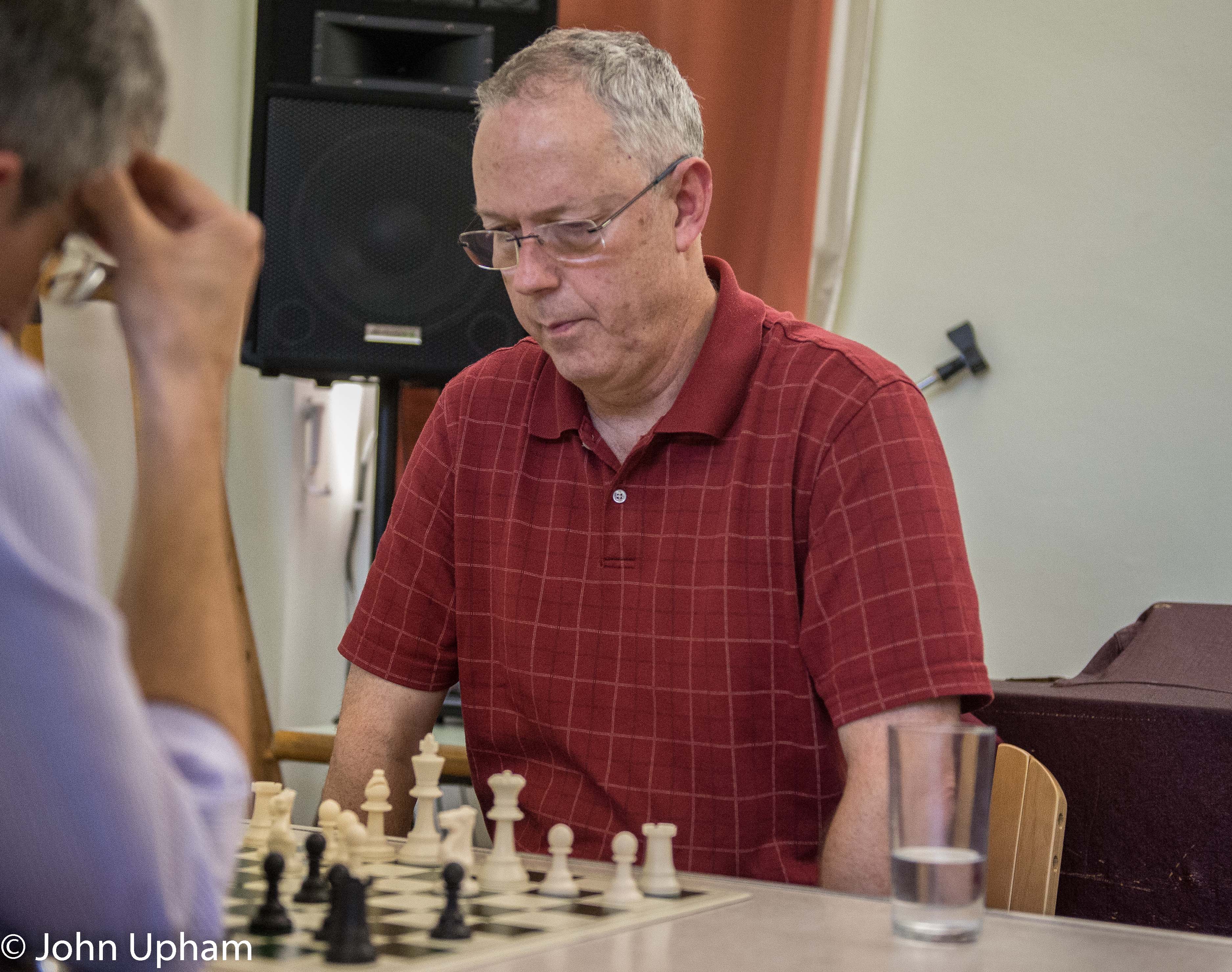
Book Details :
- Paperback : 450 pages
- Publisher:Everyman Chess (1 May 2020)
- Language: English
- ISBN-10:1781945268
- ISBN-13: 978-1781945261
- Product Dimensions: 17.2 x 2.5 x 24.2 cm
Official web site of Everyman Chess


